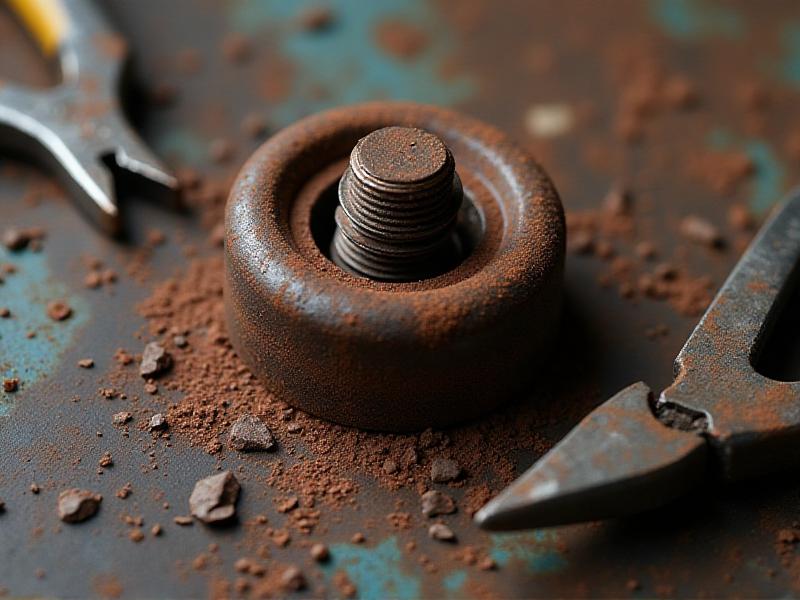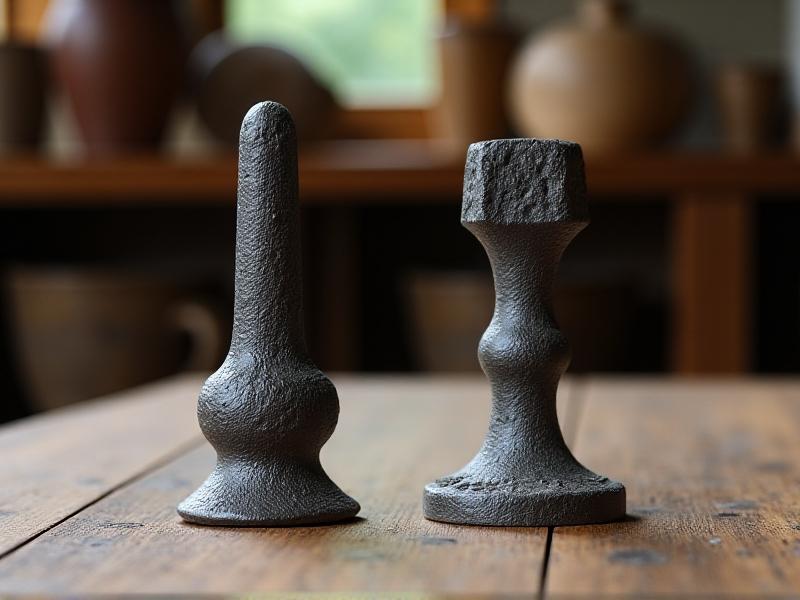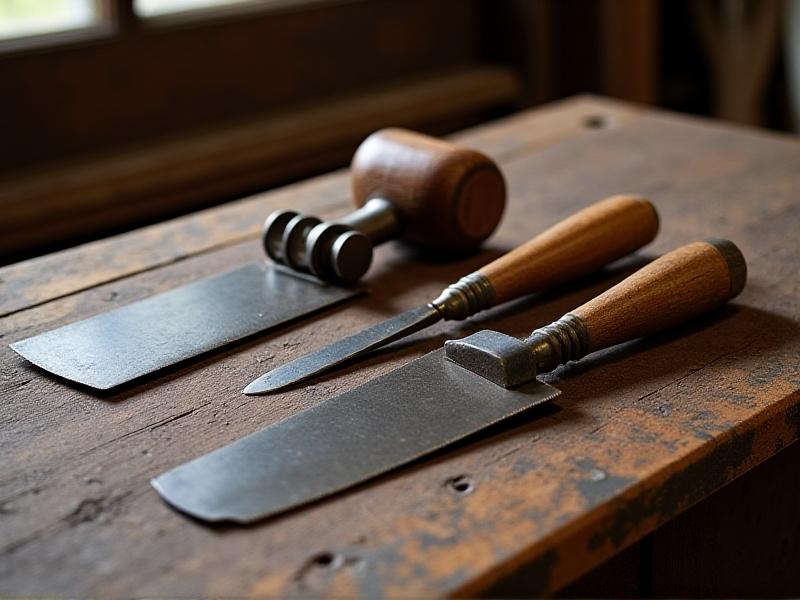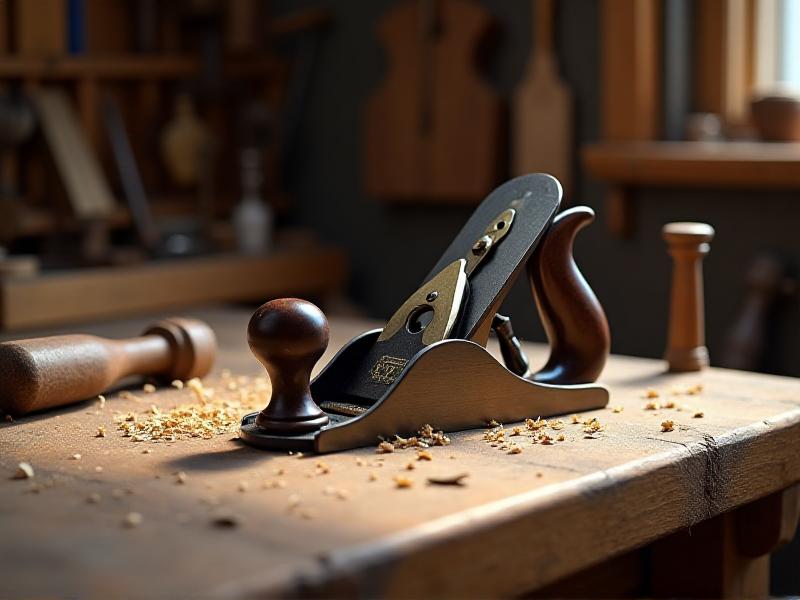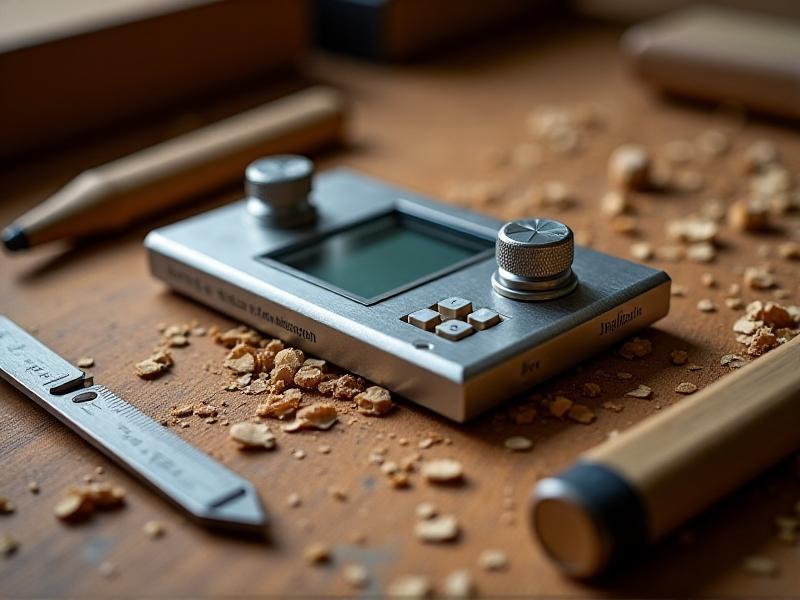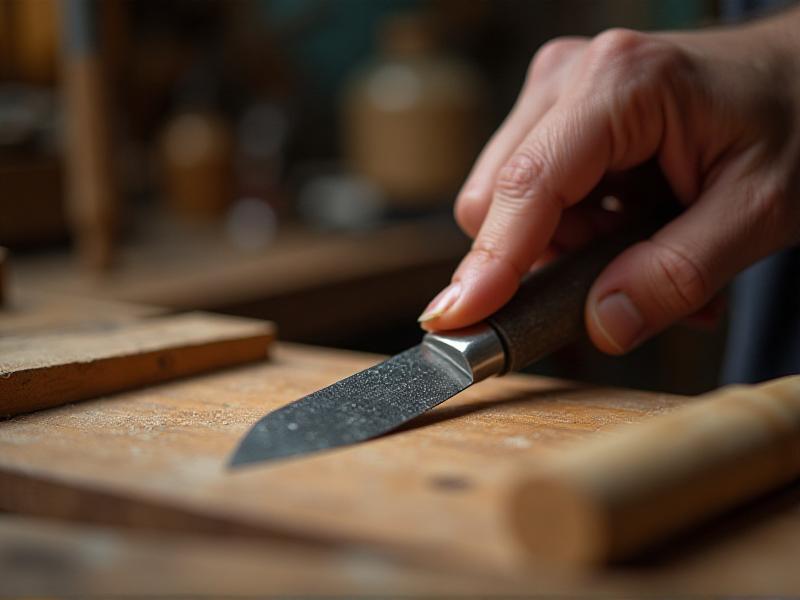Insurance for High-Value Restored Tools
Understanding the Value of Restored Tools
Restored tools, especially those of high value, are more than just functional items—they are pieces of history, craftsmanship, and investment. Whether it’s a vintage woodworking plane, a rare antique wrench, or a meticulously restored power tool, these items often carry significant monetary and sentimental value. Understanding their worth is the first step in recognizing the importance of insuring them. High-value restored tools are often sought after by collectors, hobbyists, and professionals alike, making them a unique category of assets that require specialized insurance coverage.
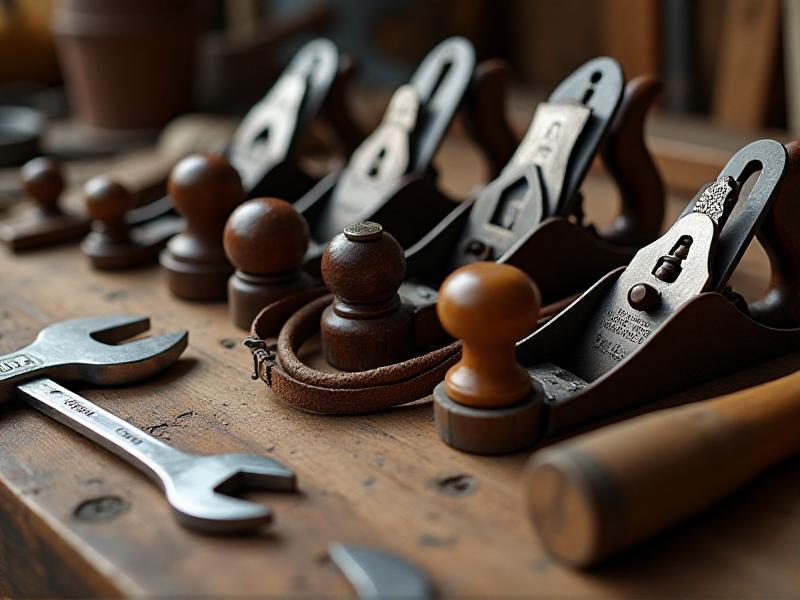
Why Traditional Insurance May Not Be Enough
Traditional insurance policies often fall short when it comes to covering high-value restored tools. Standard homeowner’s or renter’s insurance may have coverage limits that are too low to fully protect these valuable items. Additionally, these policies might not account for the unique risks associated with restored tools, such as damage during restoration, theft, or loss during transportation. Without specialized insurance, owners of high-value restored tools could face significant financial losses in the event of an unforeseen incident. This section explores the gaps in traditional insurance and why a tailored approach is essential.

Key Features of Specialized Tool Insurance
Specialized insurance for high-value restored tools offers features that go beyond standard policies. These may include agreed value coverage, which ensures that the tool is insured for its appraised value rather than its depreciated worth. Other features might cover restoration costs, protection during transit, and even coverage for tools used in professional settings. This section delves into the specific benefits of specialized tool insurance and how it provides comprehensive protection for these unique assets. By understanding these features, tool owners can make informed decisions about their insurance needs.

How to Appraise Your Restored Tools
Accurate appraisal is crucial for insuring high-value restored tools. This process involves assessing the tool’s condition, rarity, historical significance, and market value. Owners can seek appraisals from certified professionals who specialize in tools or antiques. This section provides a step-by-step guide on how to get your tools appraised, including what to look for in an appraiser and how to document the appraisal for insurance purposes. Proper appraisal ensures that your tools are insured for their true value, giving you peace of mind and financial protection.
Common Risks and How Insurance Mitigates Them
High-value restored tools face a variety of risks, from theft and accidental damage to environmental factors like humidity and temperature fluctuations. Insurance can mitigate these risks by providing financial compensation in the event of loss or damage. This section explores the most common risks associated with restored tools and how specialized insurance policies address them. By understanding these risks and the protection offered by insurance, tool owners can better safeguard their valuable assets.
Choosing the Right Insurance Provider
Selecting the right insurance provider is a critical step in protecting your high-value restored tools. Not all insurers offer specialized coverage for these unique items, so it’s important to do your research. This section provides tips on how to choose the right insurance provider, including questions to ask, factors to consider, and red flags to watch out for. By choosing a provider with experience in insuring high-value tools, you can ensure that your assets are well-protected and that you receive the best possible coverage.
Case Studies: Real-Life Examples of Tool Insurance in Action
Real-life examples can provide valuable insights into the importance of insuring high-value restored tools. This section presents case studies of tool owners who have benefited from specialized insurance, including instances of theft, accidental damage, and loss during transit. These stories highlight the financial and emotional impact of having the right insurance coverage and demonstrate how it can make a difference in protecting valuable assets. By learning from these examples, readers can better understand the practical benefits of tool insurance.
Tips for Maintaining and Protecting Your Restored Tools
Proper maintenance and protection are essential for preserving the value of restored tools. This section offers practical tips on how to care for your tools, including storage solutions, cleaning techniques, and preventive measures to avoid damage. Additionally, it discusses how insurance can complement these efforts by providing financial protection in case of unforeseen events. By following these tips, tool owners can ensure that their valuable assets remain in excellent condition for years to come.
Future Trends in Tool Insurance
The insurance industry is constantly evolving, and the field of tool insurance is no exception. This section explores emerging trends in the insurance market, such as the use of technology for appraisals, the rise of customizable policies, and the increasing demand for coverage for high-value collectibles. By staying informed about these trends, tool owners can anticipate changes in the insurance landscape and make proactive decisions to protect their assets. Understanding the future of tool insurance can help owners stay ahead of the curve and ensure that their coverage remains relevant and effective.

